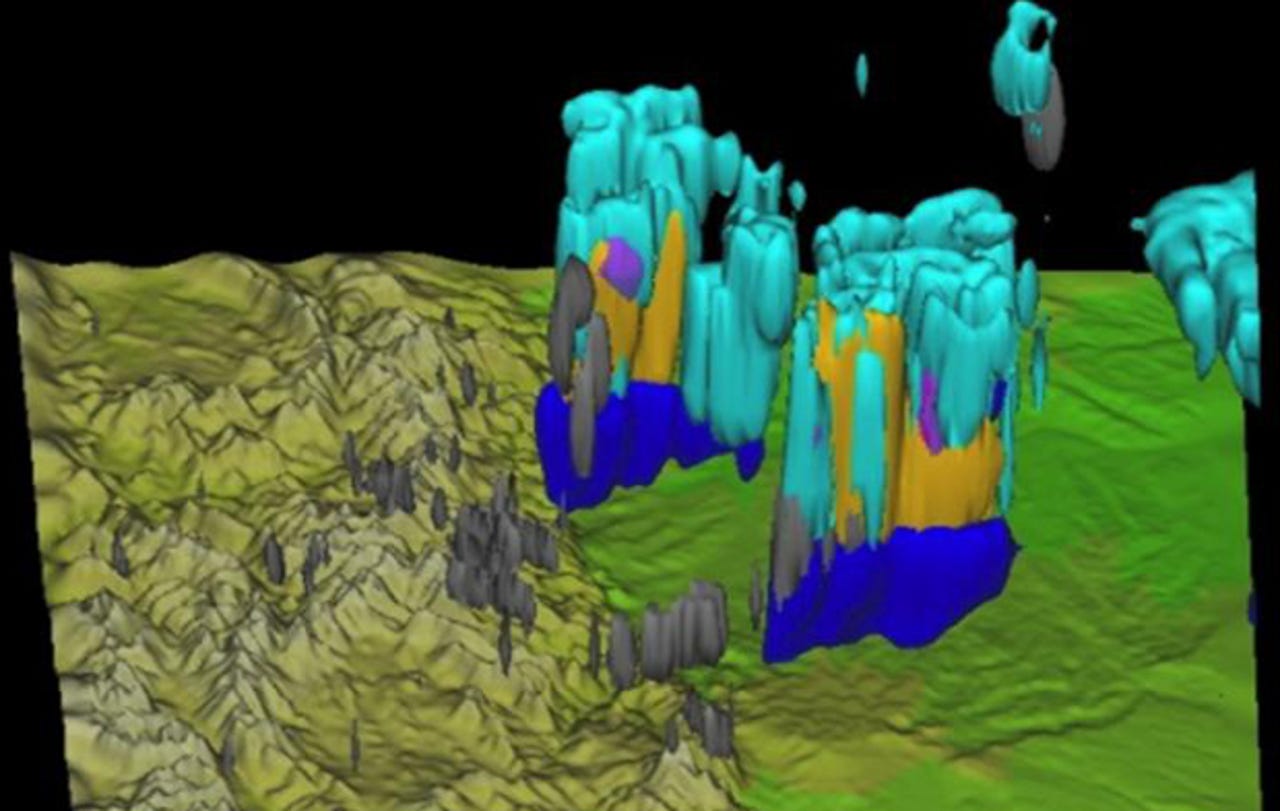US's latest buy? A 5.34 petaflop supercomputer to predict freak storms, wildfires


The National Center for Atmospheric Research's Yellowstone 1.5-petaflop system offers less than half the performance of the new 5.34 petaflop supercomputer.
The US's newest supercomputer will double earth scientists' computing power to predict the impact of extreme weather on GPS and other sensitive technologies.
Dubbed Cheyenne, the new system will be installed at the National Center for Atmospheric Research's (NCAR) Wyoming Supercomputing Center. The 5.34 petaflop computer will be capable of performing 5.34 quadrillion calculations per second, more than doubling the performance of NCAR's current supercomputer, Yellowstone.
Yellowstone, a 1.5-petaflop system from IBM, is one of the world's most powerful supercomputers, featuring over 72,000 Intel Sandy Bridge processors and 144.6 terabytes of memory.
Cheyenne is to be built by Silicon Graphics International and, when it goes live at the beginning of 2017, will offer NCAR a mighty 313 terabytes of memory across 4,000 compute nodes, 20 percent of which will have 128GB memory with the remainder sporting 64GB memory each.
NCAR has also acquired a new centralized parallel file system with 20 petabytes of usable space, while data-storage components will support transfers at 200GB per second.
Other storage components include 3,360 eight-terabyte Serial Attached SCSI drives, and 48 x 800GB solid state drives. The system will run on Red Hat Enterprise Linux, while employing IBM's general parallel file system.
An added bonus, according to NCAR, is that the newer system will be three times more energy efficient than Yellowstone.
By today's standards, Cheyenne would be just shy of the top 10 supercomputers in the world, according to Top500 org.
Cheyenne will be put to work on important research and is expected to accelerate the study of extreme weather, climate change, geomagnetic storms, seismic activity, air quality, and wildfires.
It should also allow researchers to run more detailed models to simulate atmospheric changes to support policy-making and resource management.
"Whether it's the threat of solar storms or a heightened risk in certain severe weather events, this new system will help lead to improved predictions and strengthen society's resilience to potential disasters," said Anke Kamrath, director of operations and services at NCAR's Computational and Information Systems Laboratory.